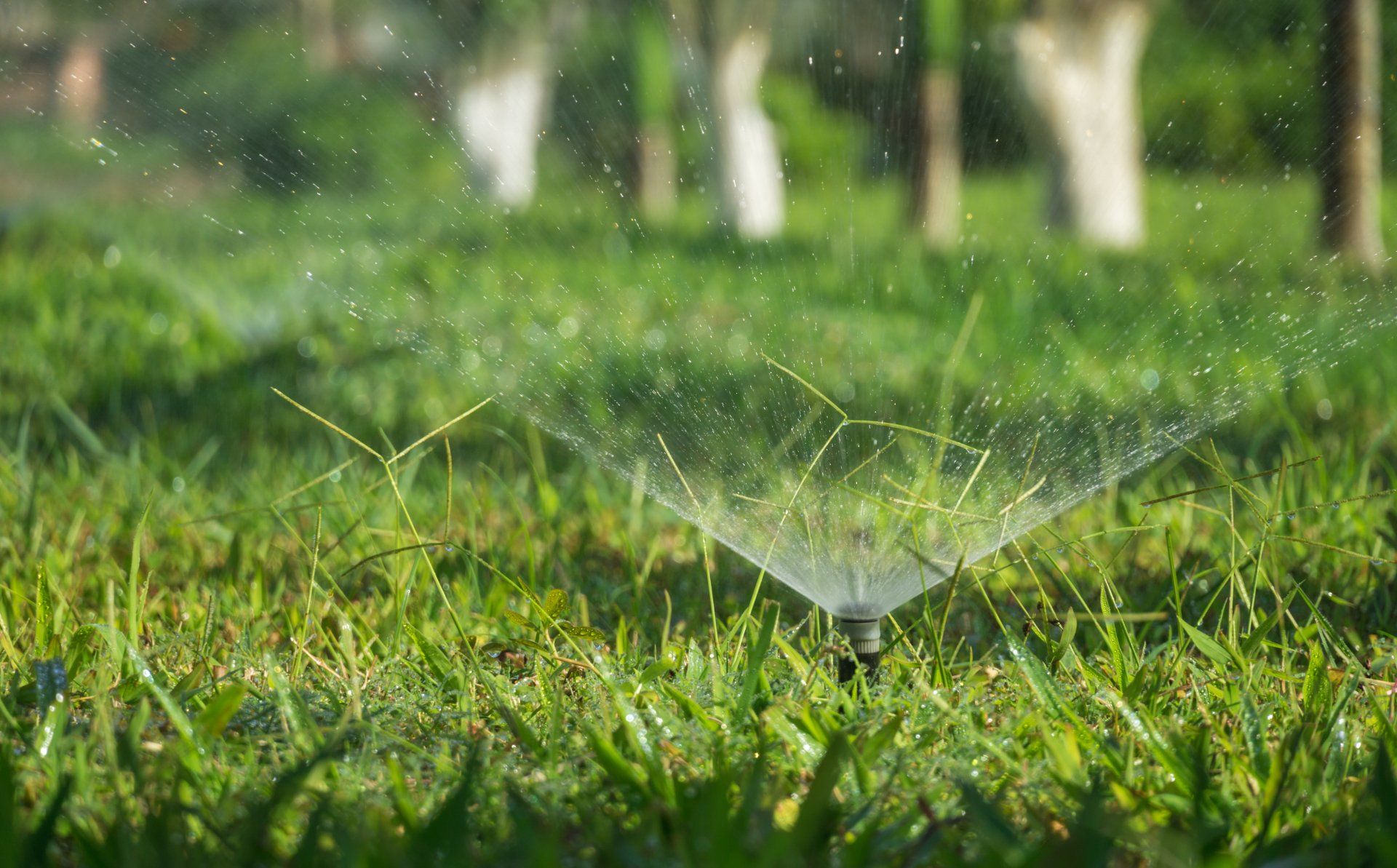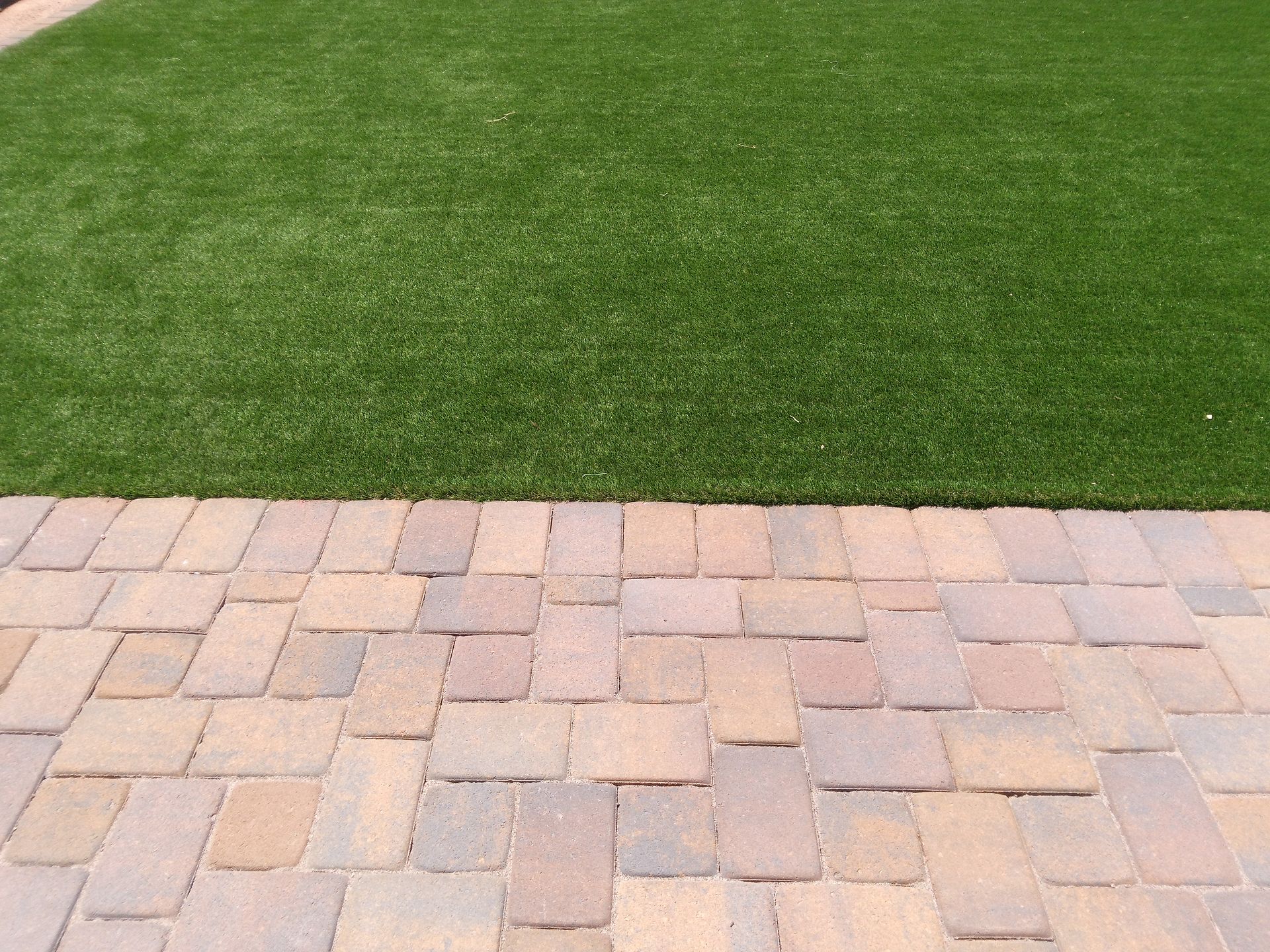Landscaping Arizona the right way
Outdoor improvement at the better price - Now Serving South Mountain!
South Mountain Landscaping by Landscape Laveen
We thrilled to be branching out to cover this awesome neighborhood with all the lawn care and landscaping services you could ever hope for.
South Mountain is a large neighborhood located at the base of, you guessed it, the South Mountains. We have Laveen to our west, Tempe to the east, just north of Ahwatukee and Chandler, and south of Downtown Phoenix. While technically it is the southernmost part of Phoenix, we "southerners" consider ourselves to be uniquely set apart from Phoenix. We LOVE hiking and there are tons of trails down under. Our homes here are slightly less crowded than Phoenix properties. Although many of these homes and businesses have more desert landscaping versus grass, we still can help with sprucing up your look with pavers, artificial/real grass, concrete patios (or any landscape project), tackling those pesky weeds (they show up everywhere), tree trimming, and mowing, of course! All of the services we offer in Laveen are now available in the South Mountain region.
Many people in this area prefer to keep the original landscape from eons ago, to maintain the more natural "feel" to their abodes. We get it, and we like it! We can help with the cacti, the Palo Verde trees, the gorgeous marigolds & poppies, or using the smooth river rocks to set up a bird sanctuary & fountain area. We are only limited by our imagination. If you prefer to go a more citified traditional lawn, and want pavers, patio extension, a gorgeous green lawn out front, or perhaps just monthly maintenance to keep the weeds and grass in check, we are on it! We offer options for weekly, bimonthly, or monthly upkeep on your yard, trees, bushes, spraying for weeds, blowing, and more.
Give Us A Call Today for a
FREE Quote!

Contact Us
We will get back to you as soon as possible.
Please try again later.
If you are wanting to try your hand at a more desert feel, check out our blog page we are building on native Arizonan trees, bushes and cacti.
We Love Craftsmanship!
This Paver Run alongside the house was partially made from old pavers the client kept and new material we brought in. This is a perfect improvement to a home or real estate, especially for those heavy trash cans that can be difficult to drag through uneven terrain.
We Think About What YOU Want
Whether its a workout platform, a place for a new shed, or a nice concrete spot for the pool, we love making custom jobs that only you will understand. Practicality comes with individuality.
Thinking About the Whole Family
With turf that doesn't burn your feet, and soft enough it feels like real grass, you won't mind having a smaller water bill. It is also washable in case you have pets, or line it with gravel for their business!

Desert Landscaping - Creating a Sustainable Oasis in an Arid Environment
Desert landscapes evoke images of vast, arid expanses, but they are also teeming with unique beauty and life. For homeowners in regions like Arizona, embracing desert landscaping offers a chance to create sustainable, low-maintenance outdoor spaces that thrive in the harsh climate. In this comprehensive guide, we will delve into the art of desert landscaping, covering essential topics such as cacti placement, the use of indigenous plants to Arizona, and selecting low-maintenance plants to beautify your home.
Understanding the Desert Environment
It's crucial to understand the environment you're working with. Deserts are characterized by extreme temperatures, low precipitation, and poor soil quality. However, they are also home to a diverse range of flora and fauna that have adapted to these harsh conditions. By understanding the unique challenges and opportunities presented by desert environments, homeowners can make informed decisions when designing their landscapes.
Cacti Placement: Adding Character and Structure
Cacti are iconic symbols of the desert landscape, known for their striking shapes and resilience. When incorporating cacti into your landscape design, consider factors such as size, shape, and placement. Tall, columnar cacti like saguaros can serve as focal points or accent plants, while low-growing varieties such as prickly pears can be used as ground cover or borders. Pay attention to sunlight exposure and soil drainage when selecting planting locations, as cacti thrive in well-drained, sunny areas.
Some Cacti indigenous to Arizona are:
- Saguaro (Carnegiea gigantea): Saguaro cacti are iconic symbols of the desert southwest. They can grow to be quite large and are known for their ribbed stems and white flowers.
- Barrel Cactus (Ferocactus spp.): Barrel cacti are cylindrical in shape and store water in their succulent stems. They are common in arid regions like Arizona.
- Prickly Pear (Opuntia spp.): Prickly pear cacti are known for their flat, paddle-shaped stems and colorful flowers. They are found throughout the desert southwest.
Indigenous Plants of Arizona: Embracing Native Flora
One of the key principles of sustainable landscaping is using native plants that are well-adapted to the local climate and soil conditions. In Arizona, a wide variety of indigenous plants can be incorporated into desert landscapes, including desert shrubs, wildflowers, and grasses. By utilizing native plants, homeowners can reduce water usage, support local ecosystems, and create landscapes that are uniquely suited to their surroundings.
Some examples are:
Flowers:
- Desert Marigold (Baileya multiradiata): These bright yellow flowers bloom in the spring and add color to the desert landscape.
- Brittlebush (Encelia farinosa): Brittlebush produces clusters of yellow flowers and is commonly found in the desert regions of Arizona.
- Arizona Poppy (Kallstroemia grandiflora): These orange-yellow flowers bloom in the spring and are native to the southwestern United States.
Bushes:
- Creosote Bush (Larrea tridentata): Creosote bushes are highly aromatic and are well-adapted to the desert environment. They have small, waxy leaves and yellow flowers.
- Desert Lavender (Hyptis emoryi): Desert lavender is a shrubby plant native to the Sonoran Desert. It produces clusters of purple flowers and is often used in landscaping for its drought tolerance.
- Apache Plume (Fallugia paradoxa): Apache plume is a small shrub with delicate white flowers and feathery pink seed heads. It is native to the southwestern United States and is often found in rocky desert habitats.
Low Maintenance Plants: Beauty Without the Hassle
In a busy world, many homeowners are seeking low-maintenance landscaping solutions that require minimal upkeep. Fortunately, there are plenty of plant options that thrive in desert environments with little intervention. Drought-tolerant succulents like agaves and yuccas require infrequent watering and minimal pruning, making them ideal choices for low-maintenance landscapes. Ground covers such as desert marigold and brittlebush can also provide color and texture without the need for regular maintenance.
Examples of trees:
- Mesquite (Prosopis spp.): Mesquite trees are common in the arid regions of Arizona. They are known for their drought tolerance and provide shade in desert landscapes.
- Palo Verde (Parkinsonia spp.): Palo Verde trees are known for their green bark and yellow flowers. They are well-adapted to the desert environment.
- Ironwood (Olneya tesota): Ironwood trees are native to the Sonoran Desert and are known for their dense, durable wood.
Designing Your Desert Oasis
Creating a cohesive and visually appealing landscape requires careful planning and consideration of factors such as color, texture, and scale. Incorporate hardscaping elements such as gravel pathways, rock gardens, and dry creek beds to add visual interest and contrast to your landscape. Consider creating outdoor living spaces such as patios, seating areas, and fire pits to enjoy the beauty of your desert oasis year-round.
Sustainable Practices for Desert Landscaping
In addition to plant selection and design, sustainable landscaping practices play a crucial role in preserving the health and beauty of desert ecosystems. Implement water-saving techniques such as drip irrigation, rainwater harvesting, and mulching to minimize water usage and promote soil health. Avoid the use of chemical pesticides and fertilizers, opting instead for natural alternatives that are safe for the environment and wildlife.
With careful planning, sustainable practices, and a bit of creativity, anyone can transform their property into a desert paradise to enjoy for years to come.
Contact us any time
We will get back to you as soon as possible.
Please try again later.
Laveen, AZ 85339, United States of America

OPENING HOURS
- Mon - Fri
- -
- Saturday
- -
- Sunday
- Closed
